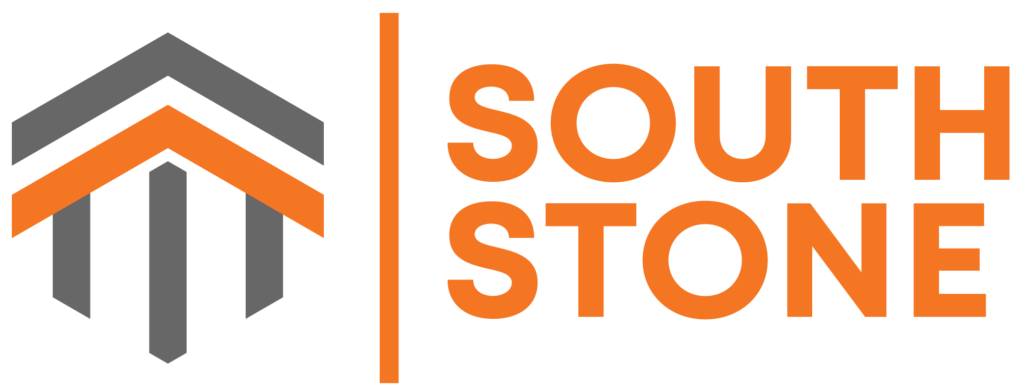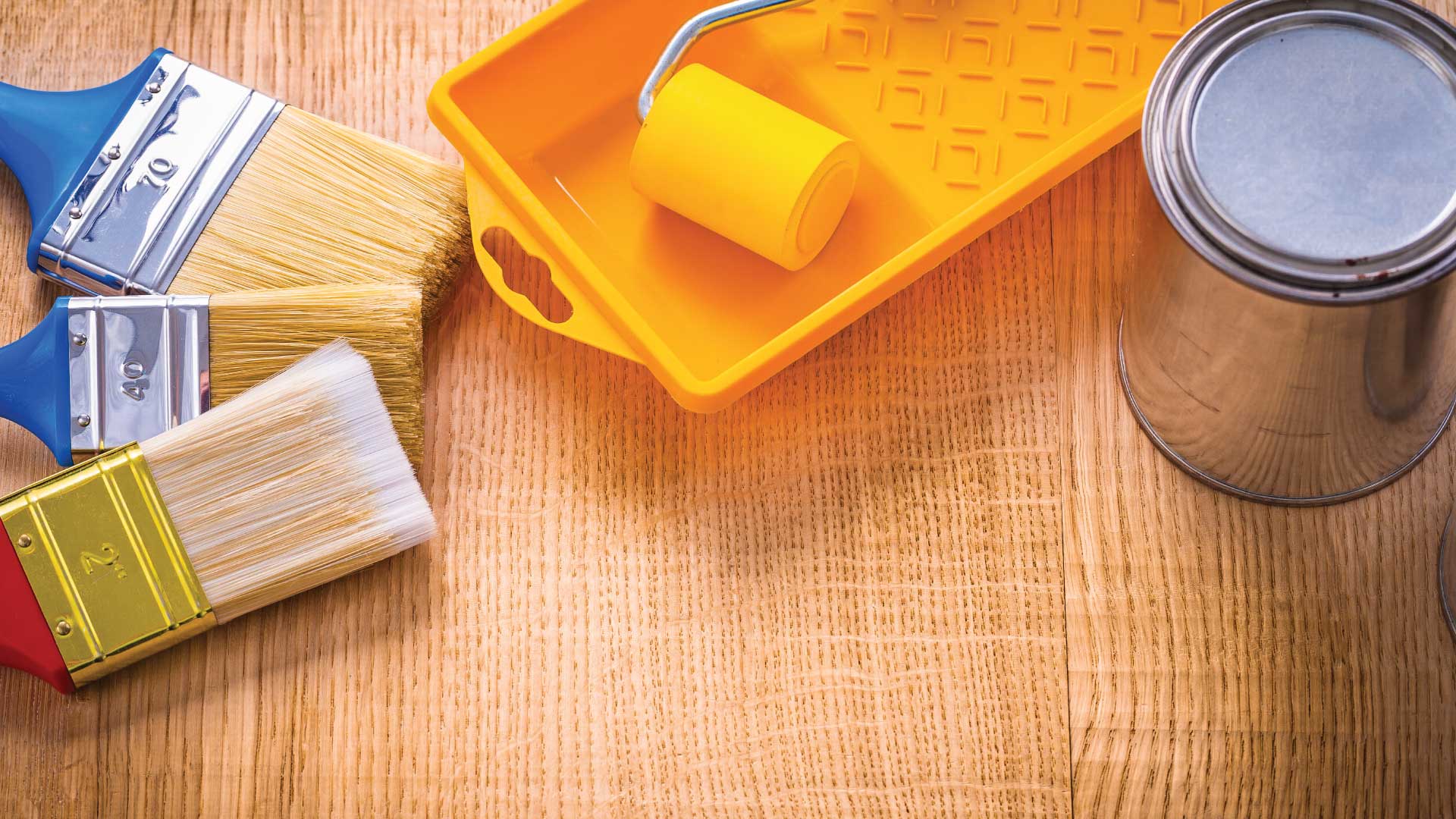
Renovating your business’s physical space can be a strategic decision that attracts new customers and improves the work environment. One of the most common ways to update a space is through painting. However, painting a commercial establishment can be a challenge if not properly planned. The primary goal is to ensure the painting process takes place without interrupting the business’s daily operations, minimizing disruption for both employees and customers.
Here is a practical guide to prepare your business for a painting renovation without affecting your daily operations:
1. Assess the Need for Painting
Before embarking on a painting project, it’s important to assess if it’s the right time to do so. If your walls show visible wear, such as stains, discoloration, or cracks, or if you want to give your business a fresh image that aligns with your brand identity, it’s likely the right time.
However, you should also consider other factors, such as the time of year and customer flow. If you can identify periods of low demand, such as weekends or holidays, you can schedule the painting at a time when the disruption will be minimal.
2. Create a Detailed Plan
Planning is key to ensuring that painting does not negatively affect your business. First, establish a realistic schedule that takes into account the time needed to prepare the space and the drying time for the paint. If your business has multiple areas, consider a phased approach, painting one section at a time so the rest of the space can continue operating.
Coordinate with the painting team to define hours that will interfere the least with your business hours. Painting outside of business hours, during the night or weekends, can be an excellent solution if the service provider is available.
3. Communicate the Changes to Employees and Customers
Planning is key to ensuring that painting does not negatively affect your business. First, establish a realistic schedule that takes into account the time needed to prepare the space and the drying time for the paint. If your business has multiple areas, consider a phased approach, painting one section at a time so the rest of the space can continue operating.
Coordinate with the painting team to define hours that will interfere the least with your business hours. Painting outside of business hours, during the night or weekends, can be an excellent solution if the service provider is available.
4. Prepare the Space Properly
Preparing the space before painting not only ensures a professional finish but also helps avoid damage and inconvenience during the process. Follow these steps to get your business ready:
Protect furniture and equipment: Remove or adequately cover furniture, electronic equipment, and other items that could be damaged or stained. Use high-quality tarps or plastic sheeting to ensure everything is protected.
Ensure proper ventilation: Ventilation is crucial, especially if you’re using paints that contain volatile organic compounds (VOCs). Ensure windows or doors are open to allow air circulation and reduce odors. In some cases, you might consider using VOC-free paint, which is less harmful and has less odor.
Designate work areas: If necessary, set up specific zones to store painting materials, away from the flow of customers and employees, to avoid accidents and maintain order.
5. Optimize Time Usage
Time is one of the most valuable resources for a business, and any project that affects operations must be managed carefully. Coordinate with the painters to work in time blocks, so you can maximize your business’s productive hours. While it may be tempting to rush the process, it’s important to remember that the quality of the paintwork depends on allowing each coat to dry properly.
A common strategy is to paint during the times with the least customer traffic. For example, if you have a restaurant, you might plan the painting work between meals when customer traffic is lower.
6. Choose the Right Materials
The selection of paint is a crucial part of the process. While color is important to reflect your brand identity and the atmosphere you want to create, you should also consider the type of paint being used. Acrylic paints, for example, are known for their durability and stain resistance, making them ideal for high-traffic areas like stores or restaurants.
Additionally, opt for quick-drying paints if time is a constraint, or low-odor options if the business will remain operational while painting.
7. Manage Cleanup and Post-Paint Maintenance
Once the painting work is complete, it’s essential to clean up the area as soon as possible to avoid prolonged interruptions. Make sure the painting team cleans the space properly, removing tarps, tape, and any paint residues.
Also, plan for regular maintenance of the freshly painted areas. Periodic wall cleaning, especially in high-traffic zones, will help maintain the fresh and professional look of the space.
Conclusion
Painting your business doesn’t have to be stressful or disrupt your operations. With proper planning, open communication with employees and customers, and choosing the right materials and timing, you can efficiently renovate your business space. A refreshed environment can be an excellent investment to enhance the customer experience and boost employee motivation, without compromising the usual flow of the business.



